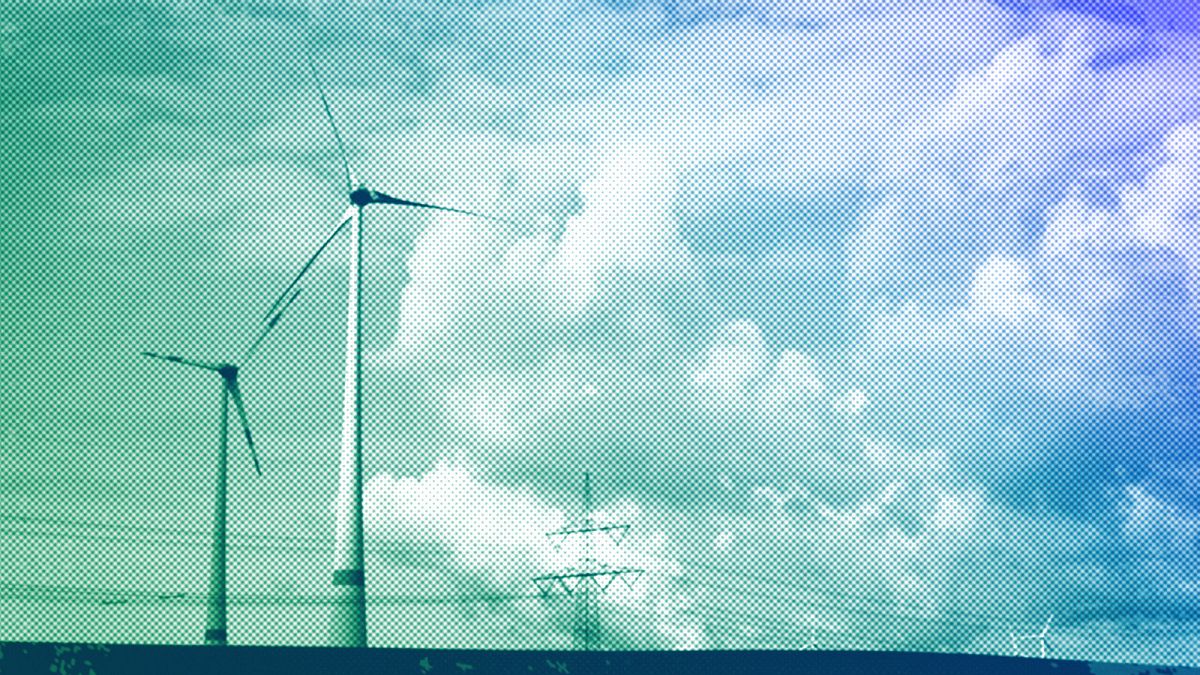By Leonhard Birnbaum, CEO, E.ON
Published on
The opinions expressed in this article are those of the author and do not represent in any way the editorial position of Euronews.
Europe stands at a critical juncture in its energy transition. The energy crisis of 2022 has left a lasting impact, with high energy costs straining industries and households alike.
As we strive towards achieving net zero emissions by 2050, the investment challenge is gigantic.
Over the next decade, €6.6 trillion must be invested into the energy system to meet the goals.
Against this background, society is increasingly anxious about the affordability of the energy transition and other financial pressures such as security, defence and tariffs.
However, we can now say that there is an affordable recipe for net zero. Our ‘Energy Playbook’ outlines a pragmatic, cost-efficient pathway that preserves economic stability and public support.
To achieve the greatest emissions reduction for every euro spent, it is crucial to prioritise decarbonisation efforts based on the cost of abatement.
This involves accelerating the deployment of electrified solutions and strategically readjusting the role, timing, and ramp-up of more expensive decarbonisation measures.
Minimising subsidies and focusing support where it is most needed can also enhance the efficiency of decarbonisation efforts.
How to flatten the investment curve
While total power system costs are set to increase, a doubling of electricity demand driven by electrification could ensure these costs get shared by broader shoulders. As a result, specific power system costs would decline by 20% by 2050.
If we add the absolute energy saved when switching to electric equipment, we see that despite record investments, the transition will not cause costs to rise but will instead lead to steady and declining bills.
Over €1.5 trillion in system costs could be saved by 2050—equivalent to an average of €300 annually per household in the EU. To readjust to a more affordable pathway towards net zero, action is required.
This includes reprioritising the transition, scaling the energy system based on demand, planning for robust digitised infrastructures, and nurturing domestic innovation.
The ambition of the current transition has been amped up to a point where an unprecedented pace in the decarbonisation of power, heat, transport and industry needs to be upheld simultaneously.
Electrification is the most cost-efficient abatement option for 80% of the energy transition. Electrifying heat and transport will drive EU power demand up by 30% by 2035.
While technologies like electric vehicles and heat pumps are nearing mainstream economic viability, incentives must continue to push adoption rates beyond their tipping points.
Similarly, industries undergoing transformation will need targeted support to sustain momentum during their transition phases.
Though the transition bets on power, its tax and levy burden is almost three times as high as the one placed on natural gas.
To reveal the true cost benefits of electrification, taxes should be reduced, and levies removed. This will benefit all consumers, reduce the need for direct subsidies, and ease pressure on carbon pricing.
Robust infrastructures, robust economy
The multiplication effects of modern and resilient grids are well known. Competitive returns will attract private capital to finance the timely scale-up of Europe’s grid infrastructure.
This is paramount to reap the benefits of solar and wind generation and new demand. A digitally enabled grid will integrate demand-side flexibility, which is essential to shape an efficient renewables-driven power system.
This alone can substitute up to 240 GW of backup capacity and save €40 billion annually by 2050.
Synchronised development through optimal location and co-location ensures renewable energy growth aligns with grid expansion and subsidies are minimised.
To address the slower-than-expected development of hydrogen caused by high costs, it’s essential to right-size the system to match demand.
By optimising decarbonisation solutions, we can afford to delay the ramp-up and defer large-scale infrastructure investments, thus saving nearly €200 billion until 2030.
The affordability of the last mile cannot depend solely on today’s technologies.
Historically, Europe has been a cradle of innovation, pioneering many industrial and scientific breakthroughs. We have to restore this spirit.
More efficient renewables, cheap clean heat generation, and cheaper hydrogen production and carbon removal will be game changers.
Achieving this requires early investments in R&D and strategies to attract greater venture capital, fostering breakthroughs that will enable the EU to lead in energy innovation.
The Energy Playbook proves that an affordable energy transition is not just achievable – it is essential for Europe’s energy security and long-term prosperity.
The energy transition game needs a business-like rulebook. Policymakers must act decisively to correct the trajectory.
The Clean Industrial Deal and the Affordable Energy Action Plan are the test bench to provide balanced policy decisions by which Europe can stabilise energy costs, drive economic growth, and establish itself as a global leader in a changing world.
Leonhard Birnbaum is the CEO of E.ON.

